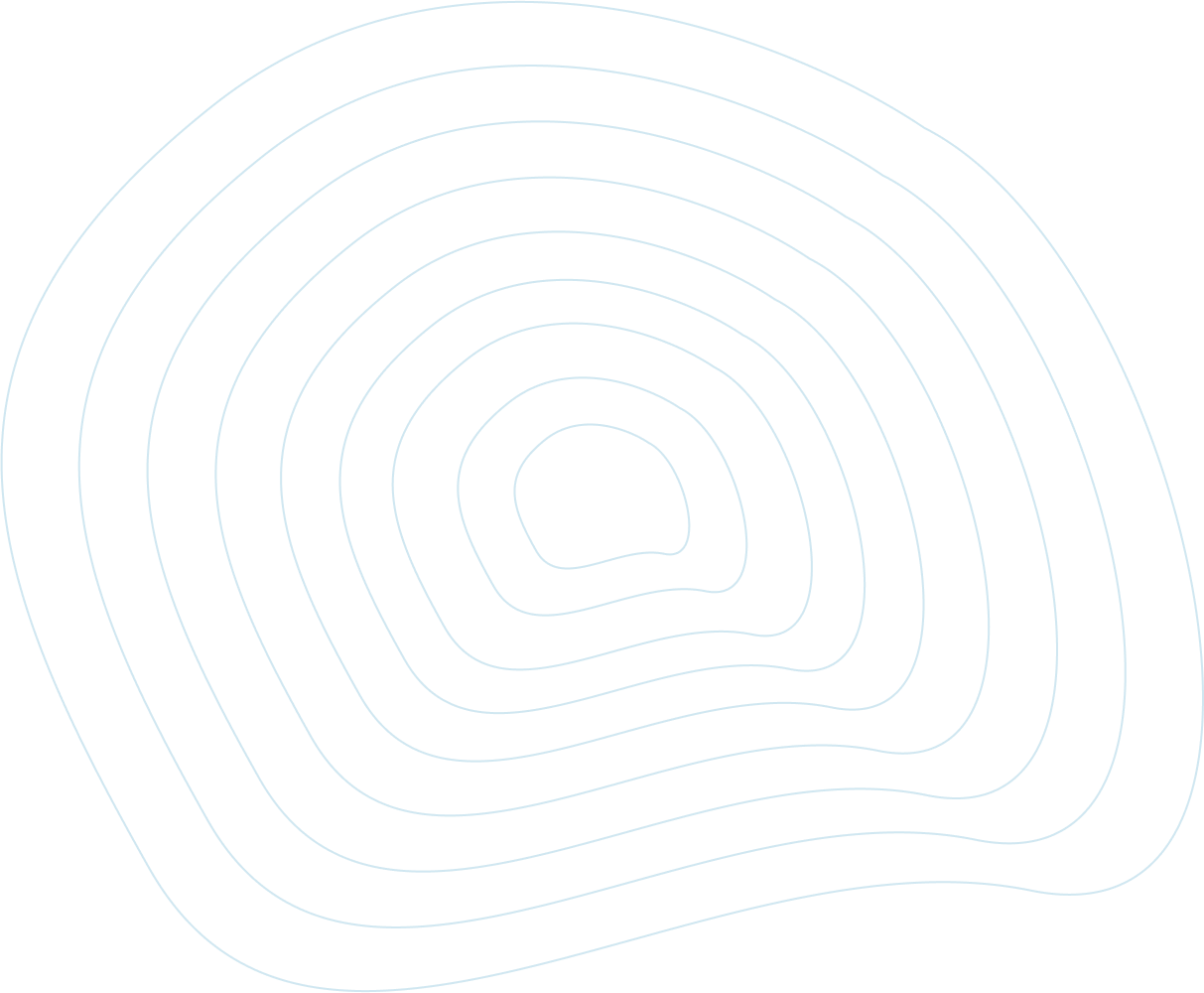


“I feel so…blahh.” “I cannot even put into words how I am feeling right now.” “ I am green with envy.”
If you have ever used these phrases (or ones similar) to describe how you feel, you may be more familiar with mindfulness than you think. While increasing mindfulness does require some practice and patience, the overall benefits to your mental wellbeing can be great. It is my hope that, by the time you are finished reading this post, you will feel excited to work towards improving your mindfulness and are equipped with some techniques to get started.
What Is Mindfulness?
Mindfulness is one’s ability to identify how he or she is feeling (without the attachment of any judgement or reactions to those feelings) at any one particular time.
What Are The Benefits of Mindfulness?
Mindfulness is beneficial because it can be one of the first steps to experiencing better overall mental health. It can do this by allowing one to feel more in control of his or her emotions, not the other way around. Furthermore, mindfulness increases the likelihood that one will be able to identify a distressing emotion while it is still in the early stages, thereby making that emotion more easily managed. At this point, you may be saying, “you provided a basic definition of mindfulness and you told me how it can help me. But how do I start? How do I know I my ability to engage in mindfulness is improving? And what happens after I can identify my emotions?”
How Do I Start?
While I currently work with individuals with different diagnoses, one population with which I work is individuals diagnosed with Autism Spectrum Disorder (ASD). Two common features of ASD are 1) Difficulties with emotional identification and 2) Difficulties with emotional regulation (however, the strategies I will discuss today are not specific to any one particular diagnosis). When I work with clients on improving mindfulness, I like to use the following three-pronged approach:
How Do I know I Am Getting Better At Mindfulness?
As I mentioned earlier, mindfulness just means you are checking in with your body and mind to see how you are feeling – It does not include any judgement or reaction to these feelings. So, one way to measure your progress is to see if you are able to recognize any of the physiological responses described above and identify the emotion associated with that response. For example, imagine you just got off the phone with a friend and they said they want to meet with you later to talk about something important. Are you able to check-in with your mind and body? Are you able to recognize that you feel butterflies in your stomach? Are you are taking small and fast breaths? If so, which emotion might you be feeling? (e.g., do you feel nervous? Are you mad your friend did not tell you what they wanted to talk about? Etc.). Please know that, while it may be frustrating that mindfulness does not feel natural at first, do not allow this frustration to discourage you from continuing – The more you practice, the more second-nature it will be come. Another way to measure progress is through your ability to use coping strategies once an emotion is identified?
How To Use Mindfulness To Improve Overall Mental Health
As I discussed, mindfulness can help a person recognize he or she may be starting to feel a negative emotion (e.g., angry, sad, nervous). While that level of insight is beneficial in and of itself, the benefit of mindfulness can be made exponentially greater once an individual is able to use coping strategies to decrease the intensity of those negative emotions. To get you started, I will discuss one coping strategy which focuses on the “here and now” to help re-direct your attention to your immediate environment (i.e., grounding technique) and I will discuss one coping strategy which helps address your body’s physiological response to these emotions (e.g., deep breathing).
5-4-3-2-1 Grounding Exercise
The first strategy I like to use is a grounding exercise called the “5-4-3-2-1 technique.” This particular exercise is great because it does not require any supplies (so you can do it anywhere), it can be done either aloud or in your head, and it can help to re-gain a sense of control over your emotions and your environment by re-directing your attention to the “here and now.” The exercise has 5 easy step:
5-Finger Breathing
The second strategy I like to use is called Five-Finger Breathing. When we become upset, we may notice that our breathing becomes shallower (e.g., we take small breaths that do fill our lungs) and they are faster. While it may seem that taking smaller, faster breaths can help us to get more oxygen flowing in our body, it is actually doing the opposite. Taking shallow breaths can actually result in a cycle where we increase the number of breaths we take to try to compensate for those shallow breaths. Ultimately, this can result in a person feeling more panicked than they had initially. That is why the 5-Finger Breathing exercise is so helpful: It allows us to create a steady flow of oxygen to our brain and body, and which can, then, help us feel less anxious. This technique is quite easy and only requires the use of your hands or mental image of a hand.
I hope that you have found this post helpful and, if, after reading this post, you feel that mindfulness is something about which you are interested in learning more, we would be happy to help. At Quintessential Health we use empirically supported approaches to ensuring your therapeutic experience is one which is pleasant and stress free. Feel free to call us at 1-833-QHCARES (742-2737) or visit our website to schedule an appointment: https://qhealthonline.com.
Written by Jeremy Allen, M.S.